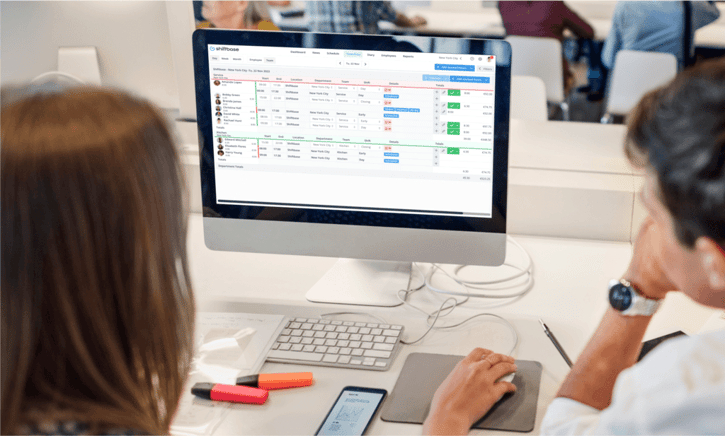
Managing employee leave can be a cumbersome task for HR departments, especially in larger organizations with numerous staff members. Keeping track of different types of leave such as vacation days, sick days, and personal days can be challenging, leading to errors and miscommunication. Utilizing user-friendly software tools can streamline the process and make leave tracking more efficient and accurate.
Benefits of Using Software Tools for Employee Leave Tracking
1. Centralized Database
- Store all leave information in one central location for easy access.
- Eliminate the need for paper-based leave tracking systems.
- Reduce the risk of losing important leave records.
2. Automated Calculations
- Automatically calculate accrued leave based on company policies.
- Ensure accurate calculations of remaining leave balances for each employee.
- Reduce manual errors in leave calculations.
3. Improved Compliance
- Stay up-to-date with labor laws and regulations regarding employee leave.
- Ensure compliance with company policies and procedures.
- Generate reports to demonstrate compliance with leave regulations.
Features to Look for in Employee Leave Tracking Software
1. Customizable Leave Policies
- Ability to set different leave policies for different employee groups.
- Specify accrual rates, carryover limits, and other leave parameters.
2. Employee Self-Service Portal
- Allow employees to submit leave requests and view their leave balances.
- Empower employees to manage their own leave schedules within company guidelines.
3. Integration with Payroll Systems
- Sync leave data with payroll systems to ensure accurate pay calculations.
- Streamline the process of adjusting payroll for leave taken by employees.
4. Mobile Accessibility
- Provide mobile apps or responsive web portals for employees to access leave information on the go.
- Enable supervisors to approve or deny leave requests from their mobile devices.
Best Practices for Implementing Employee Leave Tracking Software
1. Involve Stakeholders
- Consult with HR staff, managers, and employees to understand their needs and preferences.
- Ensure that the software chosen meets the requirements of all stakeholders.
2. Provide Training
- Offer training sessions for HR professionals and employees on how to use the software effectively.
- Provide ongoing support and resources for troubleshooting and questions.
3. Regularly Review and Update Policies
- Review leave policies annually to ensure they align with company goals and regulations.
- Update software settings to reflect any changes in leave policies or regulations.
Conclusion
Employee leave tracking is a critical aspect of HR management that can be simplified with the use of user-friendly software tools. By centralizing leave data, automating calculations, and ensuring compliance with regulations, organizations can streamline their leave tracking processes and improve overall efficiency. When choosing a software solution, look for customizable features, employee self-service capabilities, integration with payroll systems, and mobile accessibility. By implementing best practices such as stakeholder involvement, training, and policy reviews, organizations can maximize the benefits of employee leave tracking software and enhance the employee experience.